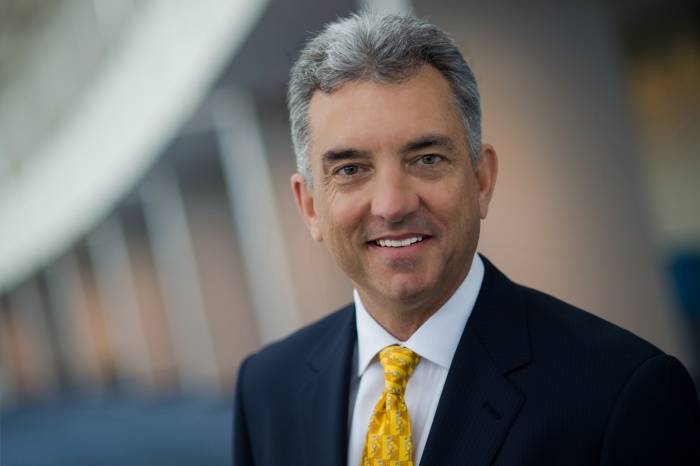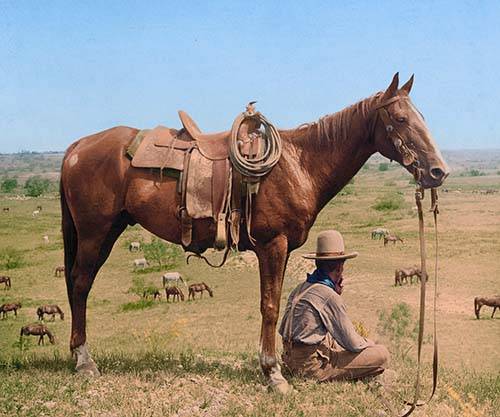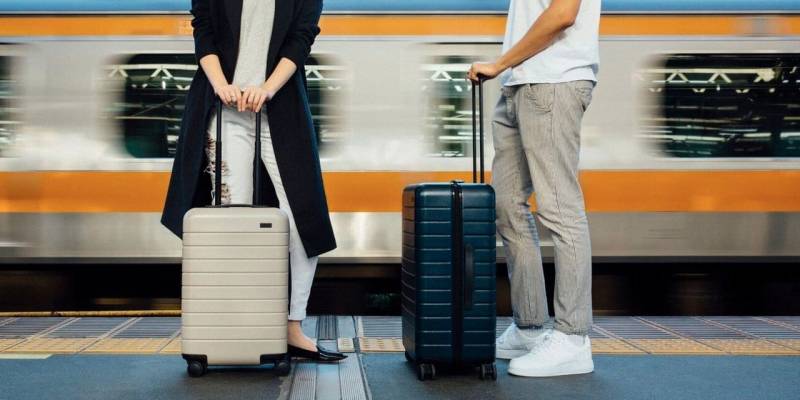The United States has reopened its borders to travellers from a host of countries following nearly two years of closures in the wake of the Covid-19 pandemic.
As well as the UK, the travel ban is being lifted for people from Brazil, China, India, Ireland, South Africa, Iran and the Schengen countries - a group of 26 European nations.
The milestone is one of the most significant in the reopening of global tourism and Chris Thompson, chief executive of Brand USA, here tells Breaking Travel News what it means for the North American travel sector.
Breaking Travel News: The United States tourism sector is celebrating the reopening of borders to fully-vaccinated travellers from key markets around the world – how much has this lifted the mood in the hospitality sector?
Chris Thompson: It’s been an amazing lift for the industry.
The excitement started to build when the announcement was first made at IPW.
Then, after the November 8th date was announced and once the entry protocols were made public, the energy and renewed sense of optimism has been palpable.
We’ve waited more than 600 days, so everyone’s more than ready.
BTN: Ahead of the reopening, you were in London for Brand USA Travel Week Europe – what were the aspirations here?
CT: When we started planning this event last year, we knew it would be important to host a face-to-face, industry event in Europe in 2021.
Once we learned the United States borders would reopen just two weeks after Travel Week Europe, the event took on even greater importance for the industry.
All the stars aligned for the right event at the right time.
Conversations shifted from speculation based on an unknown date to tangible planning to welcome Europeans back to the USA.
Interestingly, with our event coinciding with the reopening of our borders, we gained strong, unanticipated interest to attend from chief executives of destination marketing organisations from across our country.
So, we added a new element in the form of a separate chief executive track, which had these leaders meeting with European media and airlines, as well as stakeholders and travel trade to share our collective stories bringing the USA back to the European market.
This track for them exceeded our and their expectations, and we plan to replicate and expand it at future Travel Week Europe events.
BTN: What challenges remain in place when it comes to attracting international visitors, and driving arrivals figures up toward levels seen in 2019?
CT: We won’t be able to immediately return to 100 per cent as our borders reopen.
Destinations, hotels, and restaurants are ramping up and reopening, and airlines are re-establishing routes as demand dictates.
We expect all of this will bounce back quickly, but travellers will need to be patient, as the industry’s infrastructure and service levels get back to pre-pandemic levels.
There is still work to help restore consumer confidence.
First, we had to show the world we could safely travel throughout the United States, and we did so faster than experts predicted.
Next, the more international travellers can come back to the United States and safely enjoy all they love about the USA, the sooner more visitors will travel here.
We continue to believe our international travel levels will rebound quicker than forecasts.
BTN: What impact has the announcement had on demand for travel to the United States – have travel agent partners seen any impact from the decision to begin reopening?
CT: There has been a clear spike in booking inquiries from all markets, but the announcement of the entry protocols has led to a sustained level of new inquiries and bookings.
We’re also seeing evidence of more travellers booking via travel agents and tour operators, as they seek expertise and reassurance amidst a potentially uncertain travel landscape.
BTN: To what extent has airlift recovered into the United States – the domestic sector is virtually back to normal, but it will take time for international connections to recover?
CT: We expect international air service to recover similar to the domestic air service recovery, which has been steady and strong.
It’s been nearly two years since the start of the pandemic, so we won’t operate at next normal levels overnight.
Once the infrastructure is back in place, airlines are ready to get back to flying across the globe.
We also know vaccination rates and the lifting of government-imposed border restrictions will continue to influence the pace of recovery.
BTN: To what extent has domestic tourism been able to replace international arrivals over the past 18-months?
CT: The return of domestic travel has been important in so many ways.
It allowed the broadly defined hospitality industry, which was disproportionately and negatively affected by the pandemic, to ramp up and begin a return to the next normal.
It continues to do so knowing we’re still dealing with uncertainty tied to the pandemic. Increased hotel occupancy certainly helped that sector directly, but also brought much needed funding back to many of our city and state destination marketing organisations through ‘bed tax” revenues.
Finally, it was a much needed powerful and visual contributor to our ability to restore international consumer confidence that the destinations and experiences they want to return to are open, healthy, and safe, as they see us out enjoying them.
The return of domestic tourism was a mixed blessing.
Transient leisure destinations saw greater returns than those more dependent on meetings and conventions.
All this said, domestic tourism can never replace the total impact of internationals travel which saw nearly 80 million visitors contribute $233 billion to our nation’s economy in 2019.
Brand USA is the destination marketing organisation for the United States.
It was established by the Travel Promotion Act as the first public-private partnership to promote the country as a premier travel destination and to communicate travel policies and procedures to worldwide travellers.
The organisation has a mission is to increase international visitation to the USA in order to fuel the United States economy and enhance the image of the destination worldwide.
SOURCE : Breakingtravel




